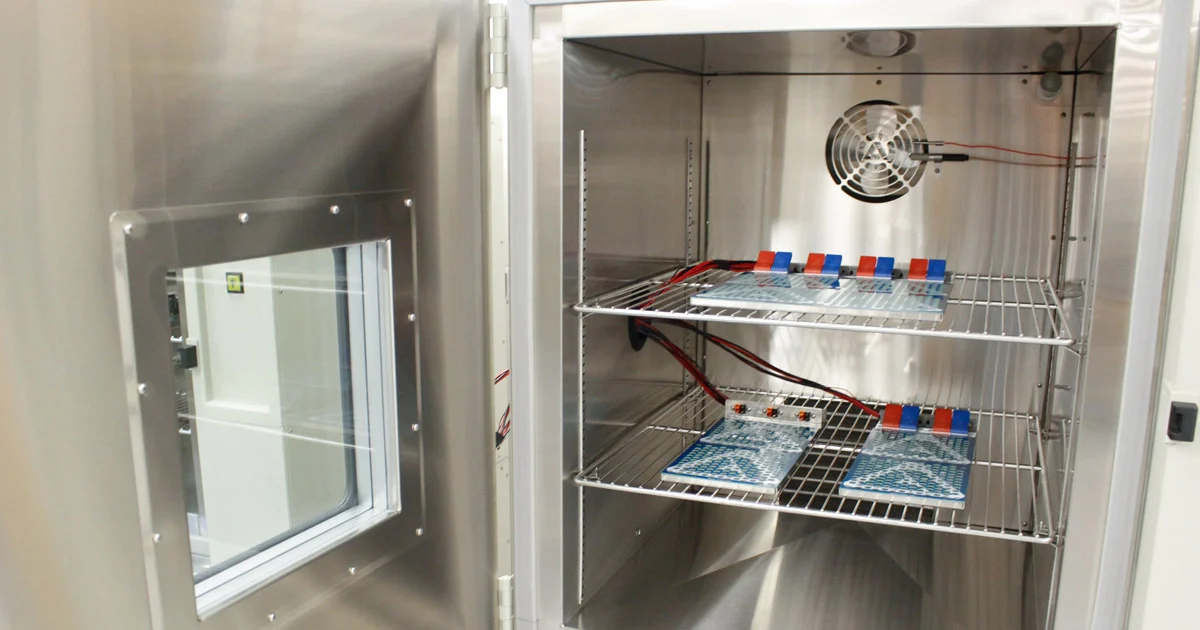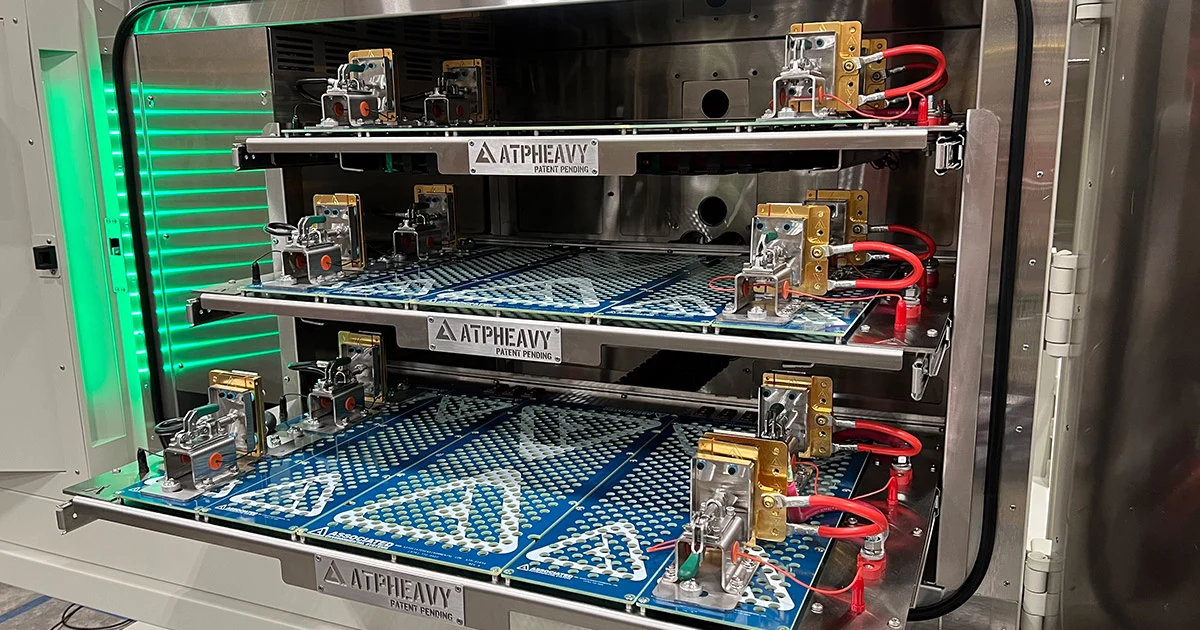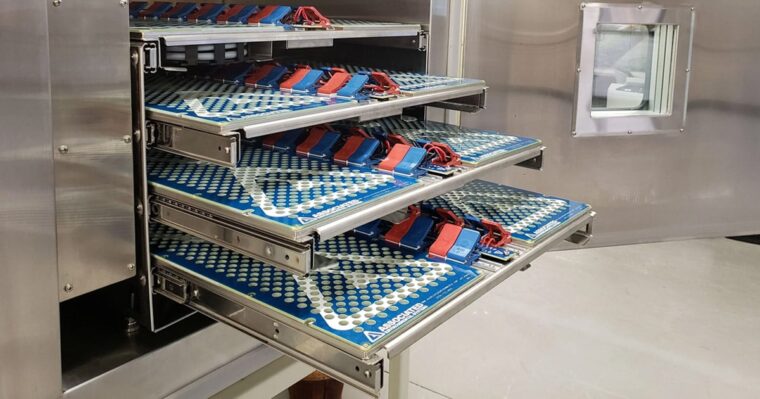Battery testing is a crucial part of the development and maintenance of battery-powered devices, from smartphones to electric vehicles. A key component in this process is the battery test chamber, a specialized environment for rigorously assessing battery performance under various conditions. This article delves into the science behind testing, focusing on the role and functionalities of a battery test chamber.
Understanding Battery Test Chambers

At its core, a battery test chamber such as those at Bell, is a controlled environment designed to test the performance, safety, and lifespan of batteries. These chambers can simulate a wide range of environmental conditions, including temperature extremes, humidity levels, and mechanical stresses, to see how batteries behave under different circumstances. This is crucial for ensuring that batteries will function safely and effectively in real-world conditions.
The Significance of Temperature Control
Temperature is a vital factor in performance. Extreme cold can reduce a battery’s ability to deliver power, while extreme heat can accelerate aging and even cause safety hazards like thermal runaway. These test chambers can mimic these extreme temperatures, ranging from sub-zero conditions to extreme heat, to test how batteries will perform in various climates and usage scenarios.
Humidity and its Effects on Batteries

Humidity is another environmental factor that can significantly impact battery performance. High humidity can lead to condensation and moisture ingress, potentially causing short circuits or corrosion. Conversely, very low humidity might lead to static electricity build-up. Battery test chambers can control humidity levels to understand how moisture in the air affects battery health and safety.
Testing for Mechanical Durability
Apart from temperature and humidity, batteries must also endure physical stresses during their lifespan. This includes vibration, shock, and physical impacts that can occur during shipping or everyday use. Battery test chambers can simulate these conditions, shaking or dropping batteries to ensure they can withstand physical stresses without malfunctioning or breaking.
Safety Testing: A Critical Aspect

Safety is paramount when it comes to batteries, especially with the high energy densities in modern lithium-ion batteries. Test chambers are used to conduct safety tests like overcharge, short circuit, penetration, and forced discharge. These tests are critical for identifying potential hazards like fire or explosion risks.
Battery Test Chambers and the Future of Energy Storage
As we move towards a more electrified future, the importance of reliable and safe batteries is becoming increasingly apparent. Battery test chambers play a vital role in the development of next-generation batteries, ensuring that they meet the high standards required for both performance and safety. From consumer electronics to electric vehicles and renewable energy storage, battery test chambers help pave the way for a more sustainable and efficient energy future.
End Note
In conclusion, battery test chambers are an indispensable tool in the world of battery technology. They provide a controlled environment to rigorously test batteries under a variety of conditions, ensuring that the batteries used in our everyday devices and electric vehicles are safe, reliable, and effective. As battery technology continues to evolve, the role of these test chambers will become even more crucial in meeting the growing demand for high-quality, high-performance batteries.
